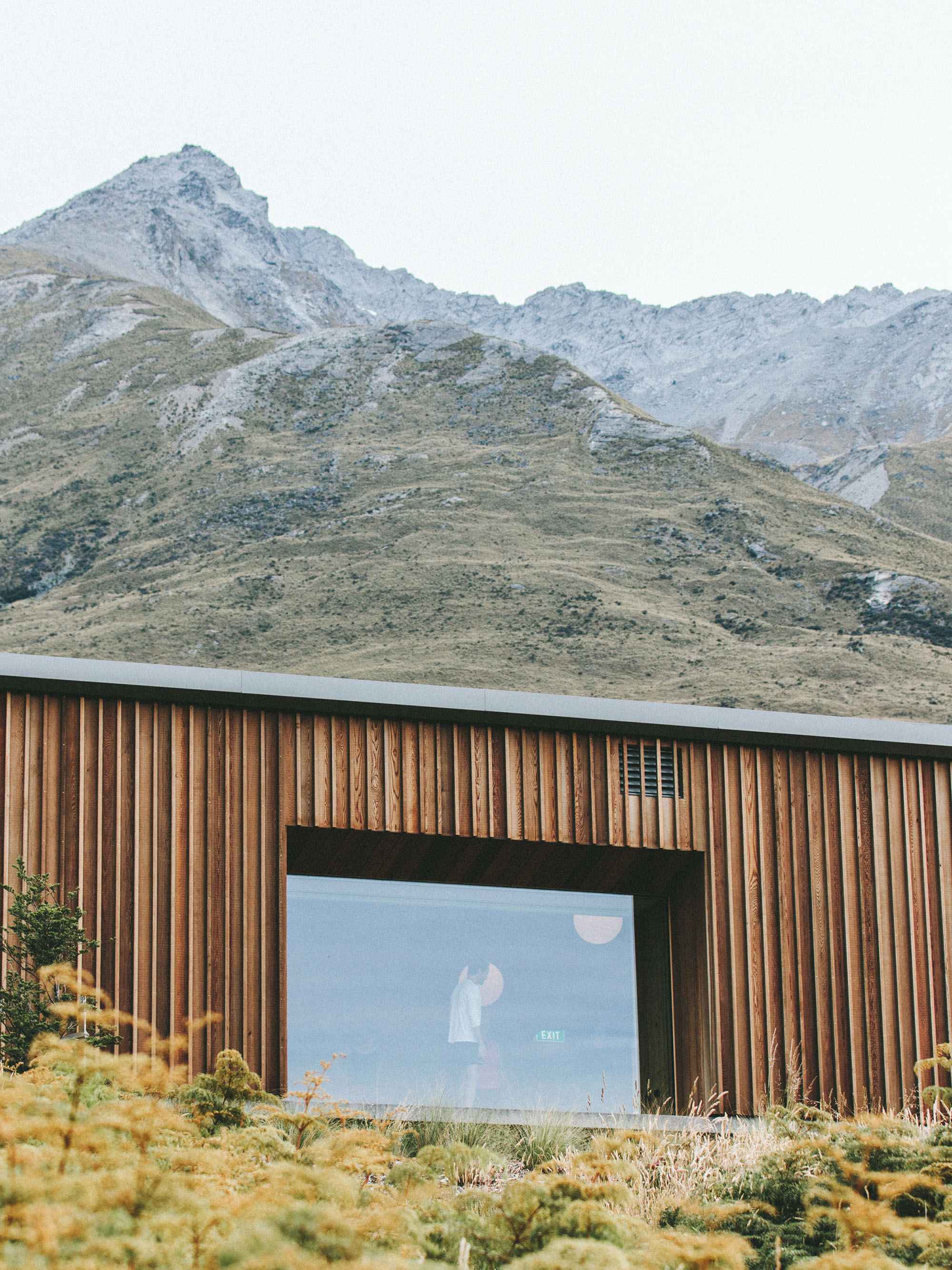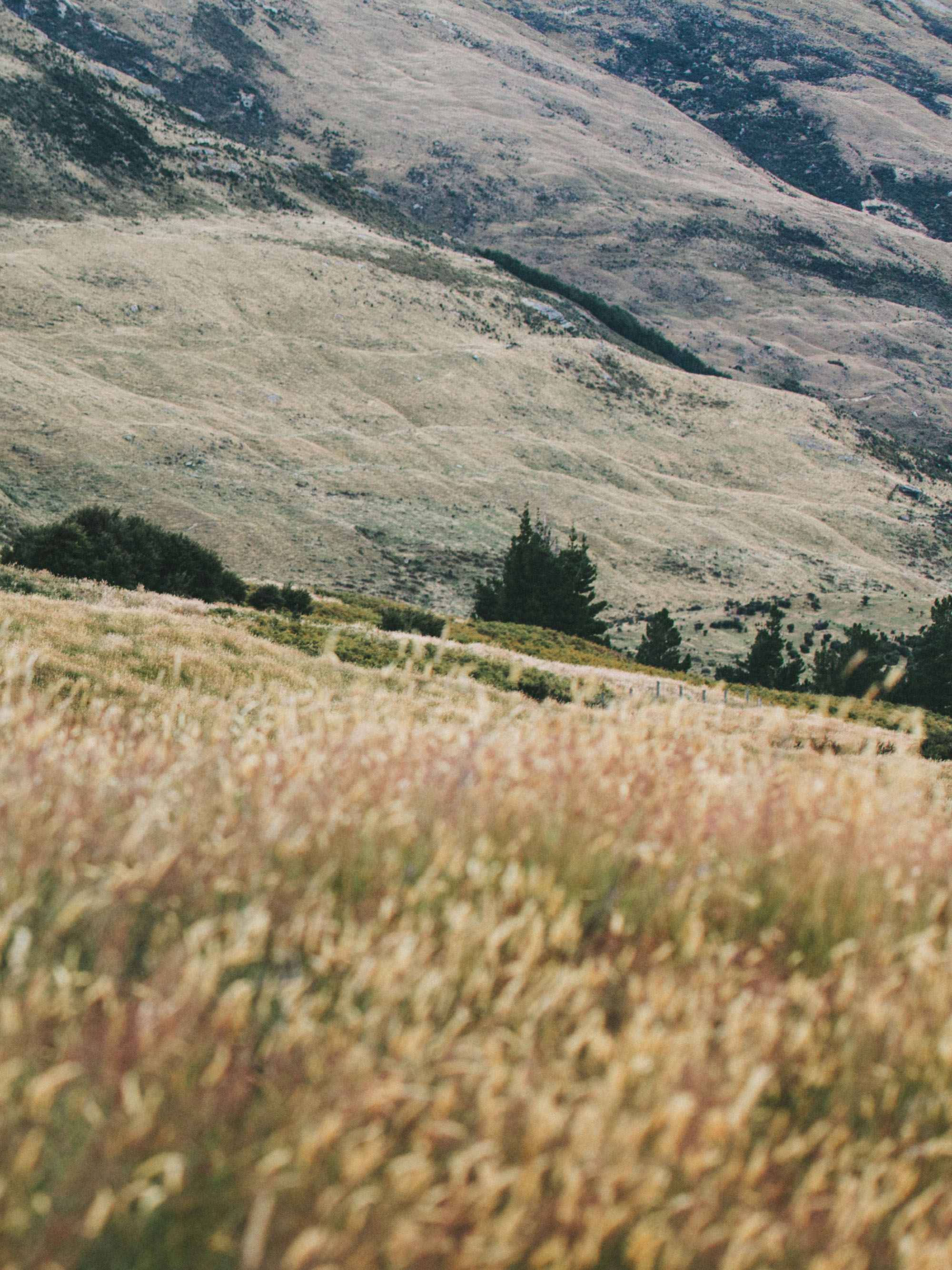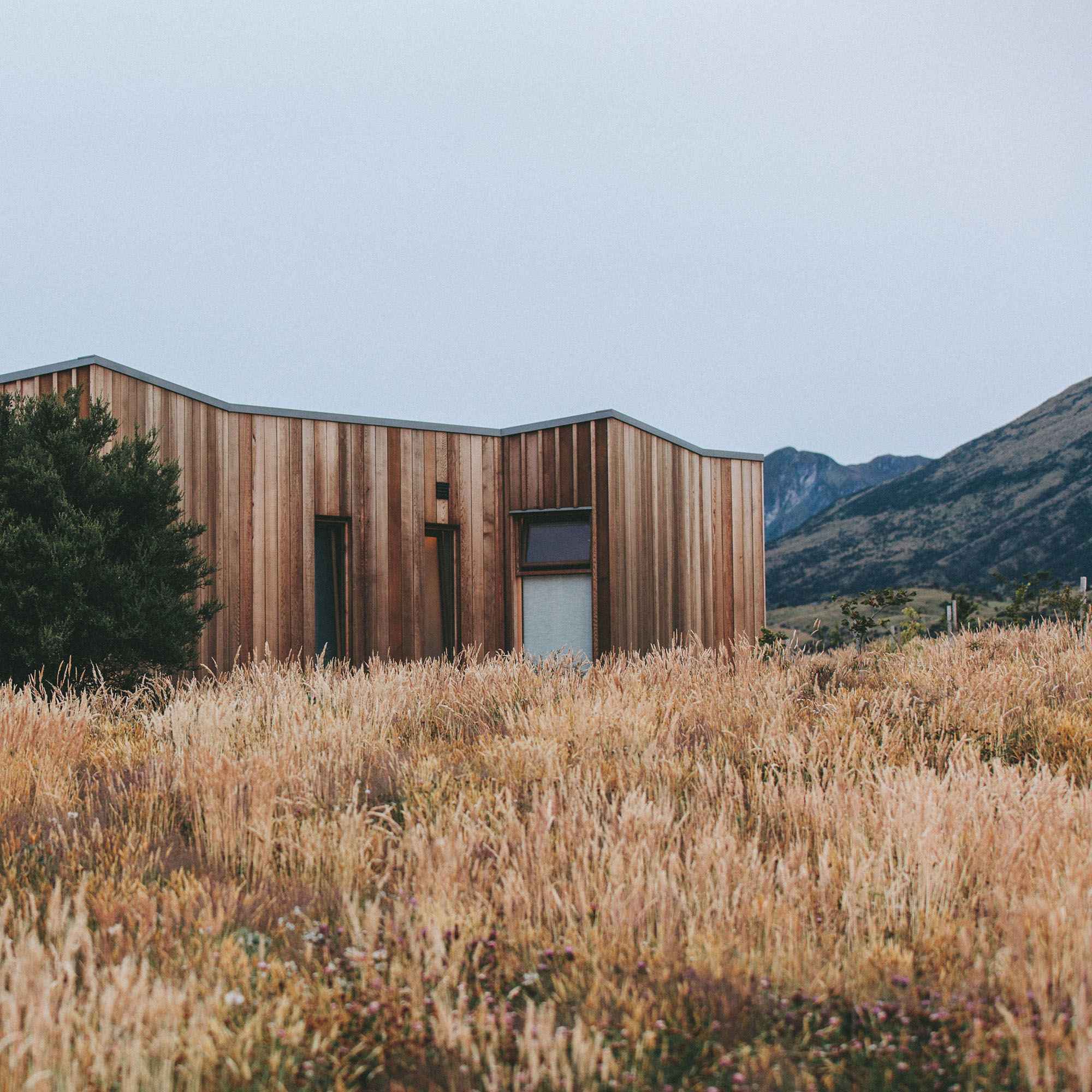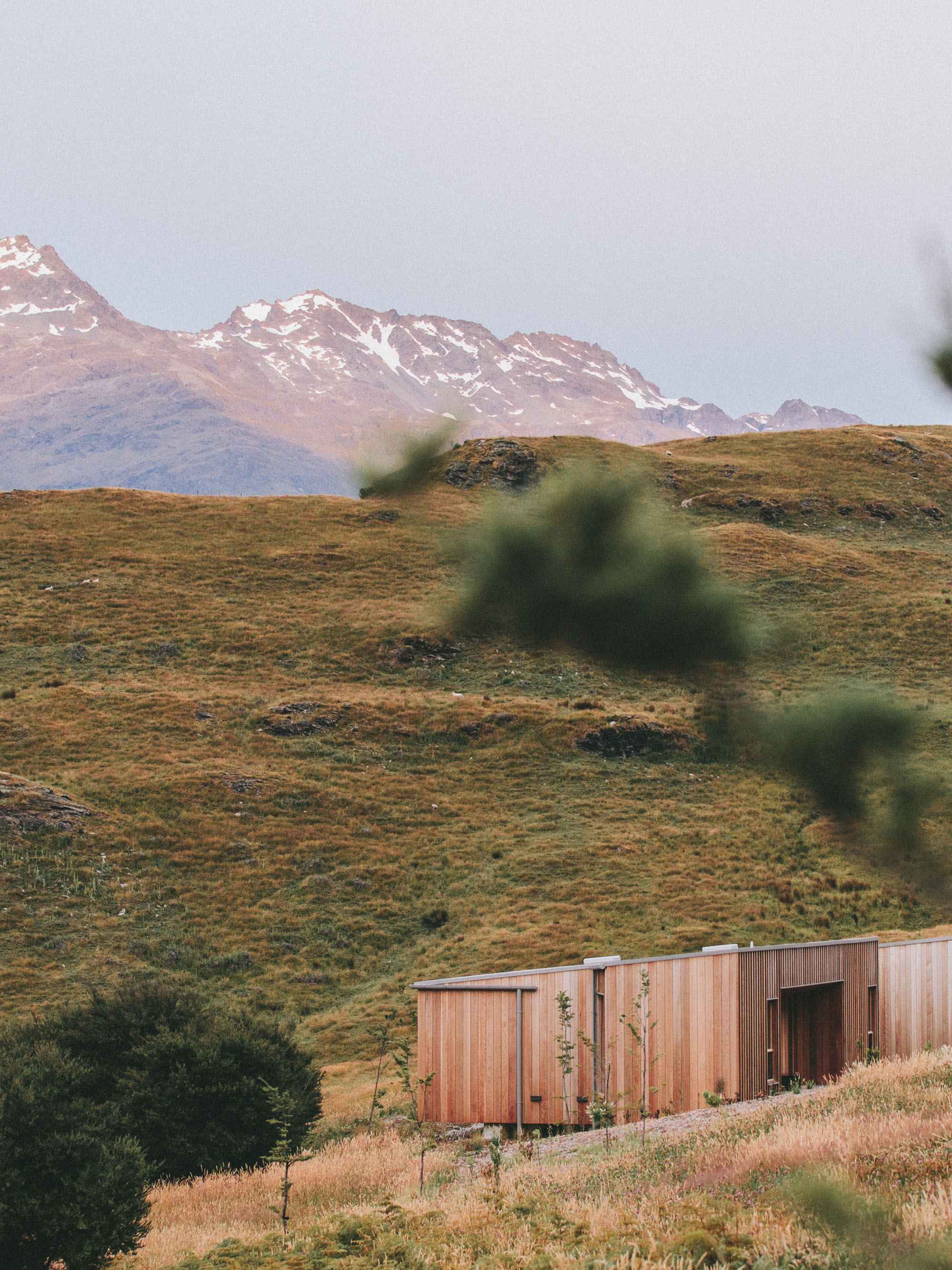Most people tend to have a preferred time of day to practice. Some prefer starting the day with an early morning practice, whilst others struggle to get up and dislike how tight their body feels. On the other hand, you have those who prefer to wind down in the evening with yoga, when their body is also more open. However, some people find this interferes with meal times or is too energising prior to bed. You hear people proclaiming that they wish they were morning people and know that exercising first thing is ideal, but is this really the case? Is our practice any less beneficial if it is not first thing in the morning? The article below discusses both sides of the coin and what is most important.
The traditional view is that yoga should be practiced first thing in the morning, ideally as the sun rises and before breakfast. There are some real advantages to this. It can be the perfect way to start your day, with mindful awareness, which can set the tone for the rest of your day.
This certainly beats spending your precious waking moments on autopilot, checking your phone, emails and messages. Connecting with yourself first thing can place you in a position of mental strength, which has the potential to permeate throughout your whole day.
Physically, it can help your body to wake up and release the tension and inertia of sleep. Depending on your choice of practice, it can leave you bouncing with morning energy like a happy little yoga bunny, or calm and serene like the yoga god or goddess that you are.
Can't Do Mornings? Don't Worry!
However, there are times when early morning practice is not desirable, or even possible. For some people, their body really protests physical movement first thing.
This is especially true for anyone who suffers with back pain. The discs in the spine naturally are stiffer and tighter when you wake up. While gentle yoga may help, if you’re having to force yourself to do it, this is unlikely to be a pleasant experience.
There are also practical reasons why morning practice may not work. Especially people with families or jobs that start very early, their morning routine may mean they simply can’t carve out their practice time then.
The smug advice to “set your alarm an hour earlier” is unhelpful if it’s also not practical for you to go to bed an hour earlier, or if this would mean making an already early start to the day absolutely unbearable.
So, there’s no need to be down on yourself if early morning practice isn’t for you. Let go of the “shoulds” and find something that suits your own life instead.
Scheduling Options
Morning
Making a mindful start to the day is still a great idea, if you can. This can be as simple as a five-minute seated meditation, or even a couple of minutes of mindful breathing before you get out of bed. It’s better than nothing, and it’s still a great way to connect with yourself and maybe even set an intention for the rest of your day.
Other times of day to practice yoga have their own advantages. Personally, sometimes I like to meditate first thing, then write while my mind is at its sharpest.
After a couple of hours at my laptop, yoga is the perfect thing to stretch out my body and bring me back to myself. It leaves me energised and invigorated for the rest of my afternoon - like giving myself a second wake-up boost.
Afternoon
Late afternoon, before dinner can also be a lovely time to do yoga. That after-work window can help you let go of anything that’s gone on in your day. It can become almost a ceremony to mark the end of your working day and your transition into more relaxed time.
In addition, it can fire up your appetite for your evening meal. Not only that, but many people find that yoga at the end of the day feels better for their body. After spending the day moving around, your body is more supple and open than it is first thing in the morning.
Evening
Finally, late evening, just before you go to bed can be an optimum time for a gentle yoga practice. Nothing too extreme at this time - you’re not wanting to wake yourself up again.
However, some forward folds, supine twists and legs-up-the-wall pose can prepare your body and mind perfectly for sleep.
When NOT to Practice
The only time to really avoid practicing yoga is immediately after mealtimes. Try to allow at least two hours after eating before you practice. Headstand on a full stomach is not a pleasant experience and your body needs its energy for digestion at that time anyway.
The Most Important Thing - Have a Good Time
Whenever you choose to practice yoga, remember to hold it as a sacred time to honour your body. Be mindful of your energy levels and the state you want to leave yourself in by the end and adapt your practice to suit that.
Most of all, just enjoy it. There’s no one “right” way to practice yoga and a large part of the fun is in the experimentation.’
Life can be busy and everybody is so different. The take home message is to do what is right and what works for YOU! People will always have opinions but only you know what is right for your body and schedule and if you are able to practice at all, that is enough in itself.
To check out the This is Yoga timetables for the Clovelly, Randwick and Online studios click the link below. We have options to suit all schedules!
Author: Jade Lizzie
Published: 7/9/20
Source: https://www.yogapedia.com/2/6017/yoga-practice/best-time-of-day-to-practice-yoga





















